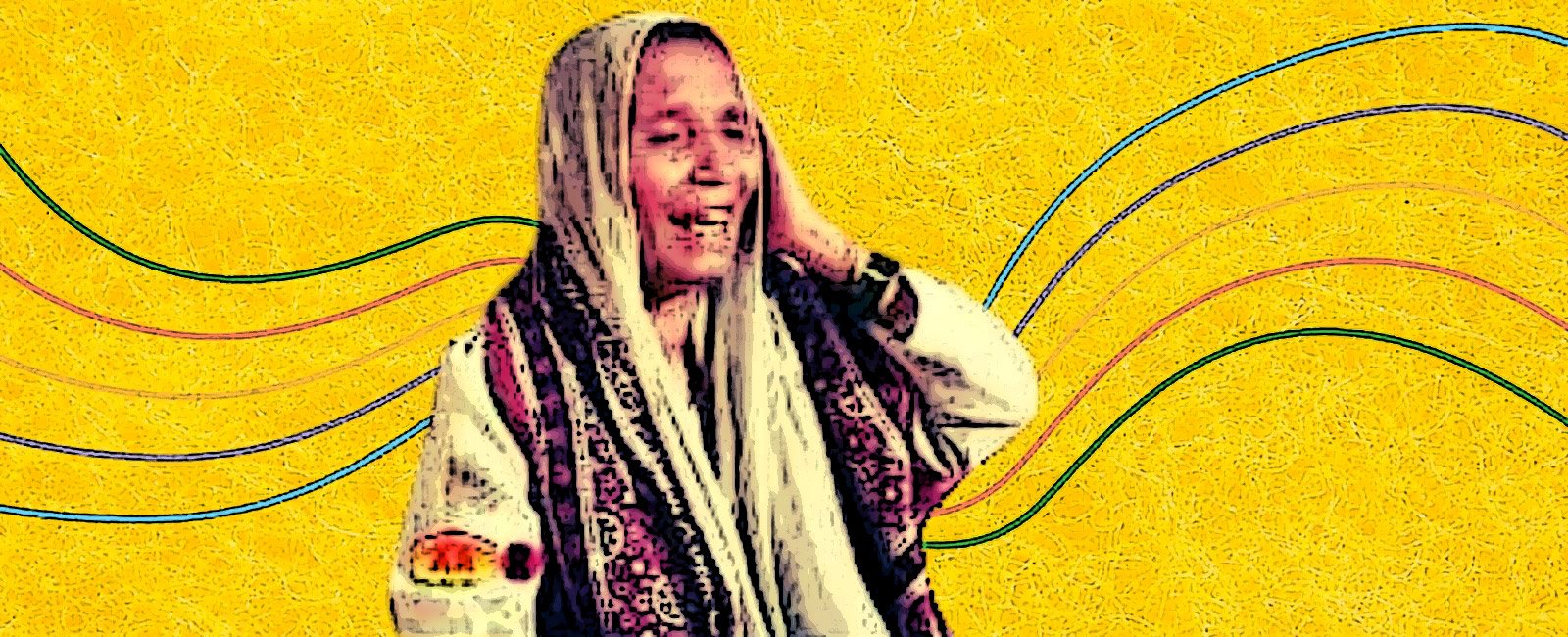Tracing the timeless legacy of Mai Bhagi, the Nightingale of Thar
The desert crooner’s sandy warbles still drift across Sindh, stirring hearts and inspiring voices yet to come

Sindh, also termed the land of Sufis by historians, has a history spanning thousands of years in preserving culture, art, and music. Even 5,000 years ago, in the Bronze Age, when the Indus Valley Civilization was emerging, historians found that its people were vivid exponents of art — mainly including dance among other genres of performing arts.
According to historian Dr Muhammad Ali Manji, a statue of a dancing girl was found at Mohenjo-Daro, and he claimed that people sang hymns during religious rituals — reflecting the Bronze Age love for art. He further added that during different dynasties in Sindh, music and performing arts were promoted by the rulers as they were a source of instant entertainment.
Sindhi folklore dates back centuries and was beautifully preserved by the legendary poet Shah Abdul Latif Bhittai. He composed in various poetic and musical "Surs" named after female characters — prominent among them are Sur Sassui, Sur Mumal, Sur Samondi, and Sur Marui. With the passage of time, seasoned poets including Narayan Ram, Sheikh Ayaz, Imdad Hussain, Muhammad Siddique Musafir, and Tanveer Abbasi, among others, rendered valuable contributions to Sindhi folk literature.
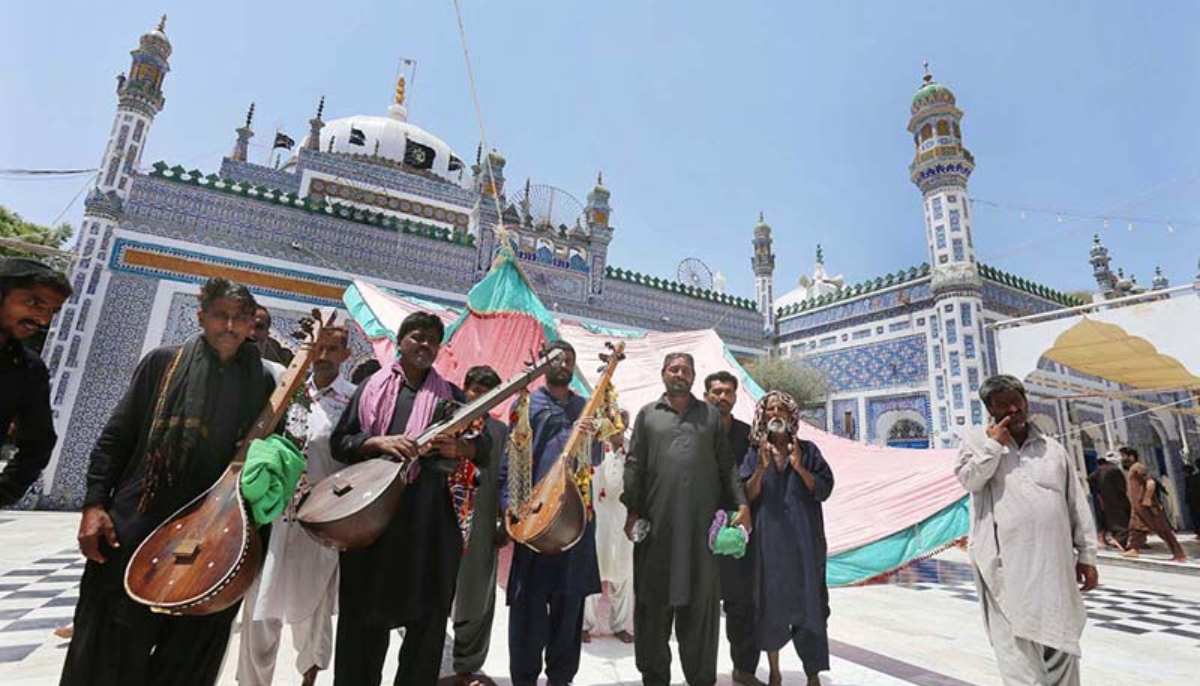
Sindhi folk literature and music evolved over time but truly flourished during the pre- and post-independence eras, thanks to All-India Radio and Radio Pakistan, which helped discover and nurture talented voices.
Prior to that, singers would perform folk songs, poems, and hymns in the palaces of kings and the mansions of rich feudal lords to earn both money and fame.
As Agha Saleem, a noted historian and playwright, wrote in his papers, early musicians crafted folk tunes by playing clay and bronze pots. As time went by, they started writing folk poetry — expressing feelings about culture, traditions, norms, and the values tied to daily life. Over time, this poetry began to mirror daily life, especially that of women in remote parts of Sindh, capturing their joys, struggles, and sorrows.
During British rule, the launch of All India Radio gave Sindhi folk music — and other traditional genres — a major boost. Before that, folk singers mainly performed at weddings and local cultural gatherings.
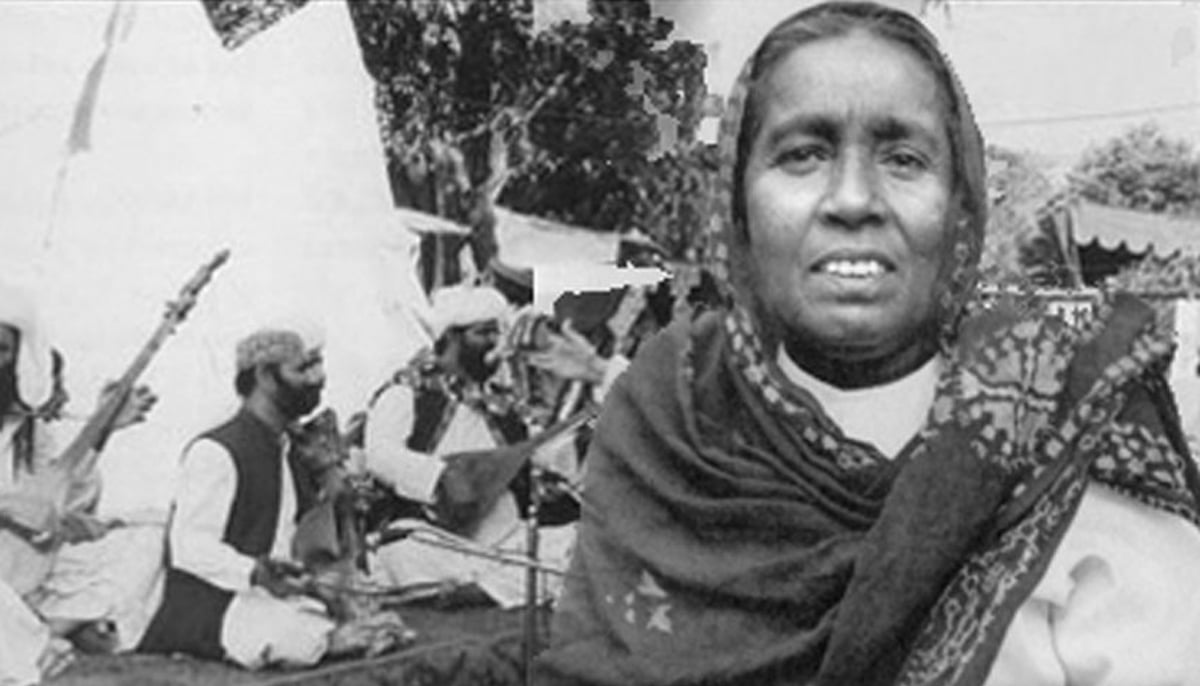
In the 20th century, a powerful voice rose from Tharparkar — the desert heart of Sindh. Mai Bhagi, born in 1920 in the village of Deploo to musician Haniyal Faqeer and Mai Khadeeja, became a legendary folk singer known as the Nightingale of Thar. With her soulful voice and unforgettable style, she left a lasting mark on Sindhi folk music. July 7 marked her 39th death anniversary.
Remembering his time with her, Ustad Barkat Faqeer, the grandson of Mai Bhagi, described her as a warm-hearted woman with a deep passion for singing. He shared that she often wrote her own songs and composed the music as well. Barkat, a third-generation folk singer, said that his father Kaloo Faqeer and aunt Mai Soni — Mai Bhagi’s children — were once household names in Sindhi folk music. After Mai Bhagi’s passing, he added, Kaloo and Mai Soni carried her legacy forward as a beloved singing duo.
Mai Bhagi began singing at village weddings and local gatherings in her teens, later travelling across the country to perform at both private and religious events. At one such performance, she caught the attention of Ghulam Hussain Sheikh, then director of Radio Pakistan. Moved by her deep, earthy vocals and distinctive folk expression, he approached her with an offer to sing for the radio. But Mai Bhagi turned it down, saying her family wouldn’t allow it.
Sheikh made persistent efforts to persuade her, and eventually, his determination paid off. Mai Bhagi’s first song on Radio Pakistan, "Taran Man Tarandi Ache", in Sindhi, brought her instant recognition. “People knew my grandmother's name — they knew a new voice had arrived — but they hadn’t seen her," recalled her grandson, Faqeer.
In 1974, a renowned PTV director introduced her on national television, where her song "Khari Neem Ke Niche" became a turning point in her journey as a folk icon. Celebrating the natural beauty of Sindh’s desert-scape, the song not only brought her widespread fame but also became a cultural symbol of Sindhi identity.
From power corridors to the sun-baked villages of the Thar, Mai Bhagi had a wide and devoted following, drawn to the calm, soothing power of her voice, said Dr Ishaque Samejo, a historian, poet, and chairperson of the Sindhi Language Authority.
“Among her admirers were the late prime minister Zulfikar Ali Bhutto, president General Zia-ul-Haq, legal icon Abdul Hafeez Pirzada, and Indian statesman Ram Jethmalani,” said Dr Samejo.
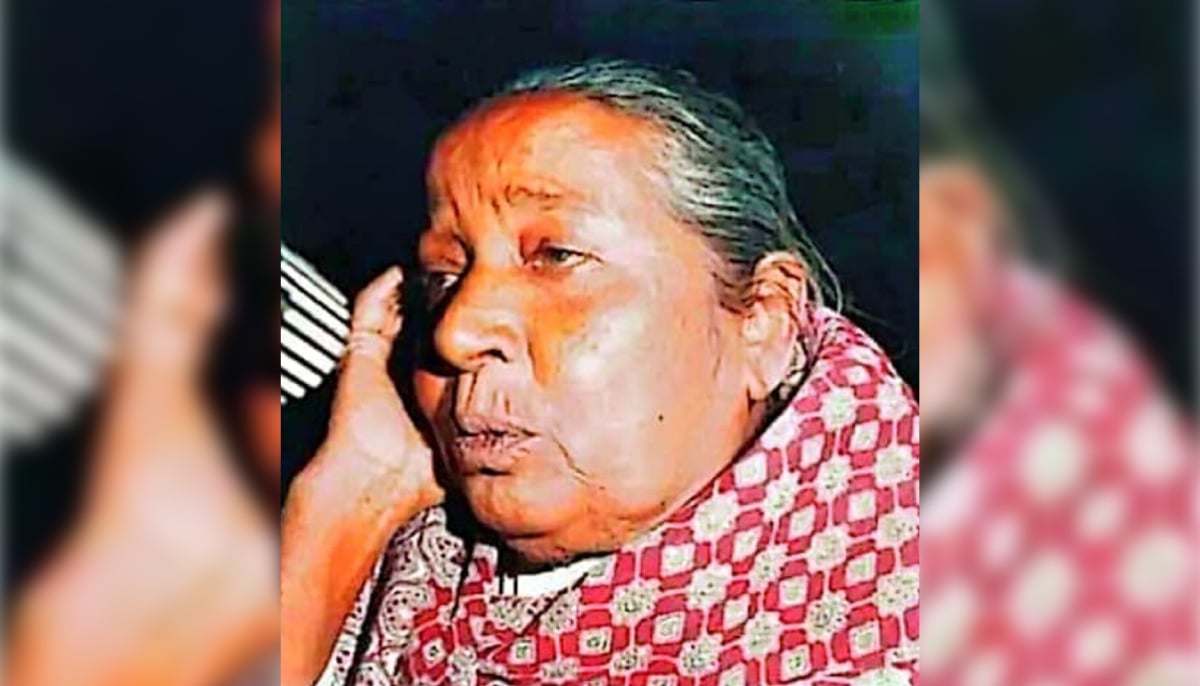
He added that Bhutto not only recognised her talent but also gave her opportunities to perform at national and international events, sending her to represent Sindh in various parts of the world.
Mai Bhagi sang in Sindhi, Dhatki, Marwari, and other regional languages. Her duets with Ustad Murad Faqeer remain popular to this day. One of her Marwari songs, "Iho Jhir Milo", is considered part of the Marwari community’s cultural heritage.
Her influence shaped generations. Jiji Zarina Baloch, Taj Mastani, Samina Kanwal, Fozia Soomro, and many others were inspired by her singing style — a testament to the lasting impact of her legacy.
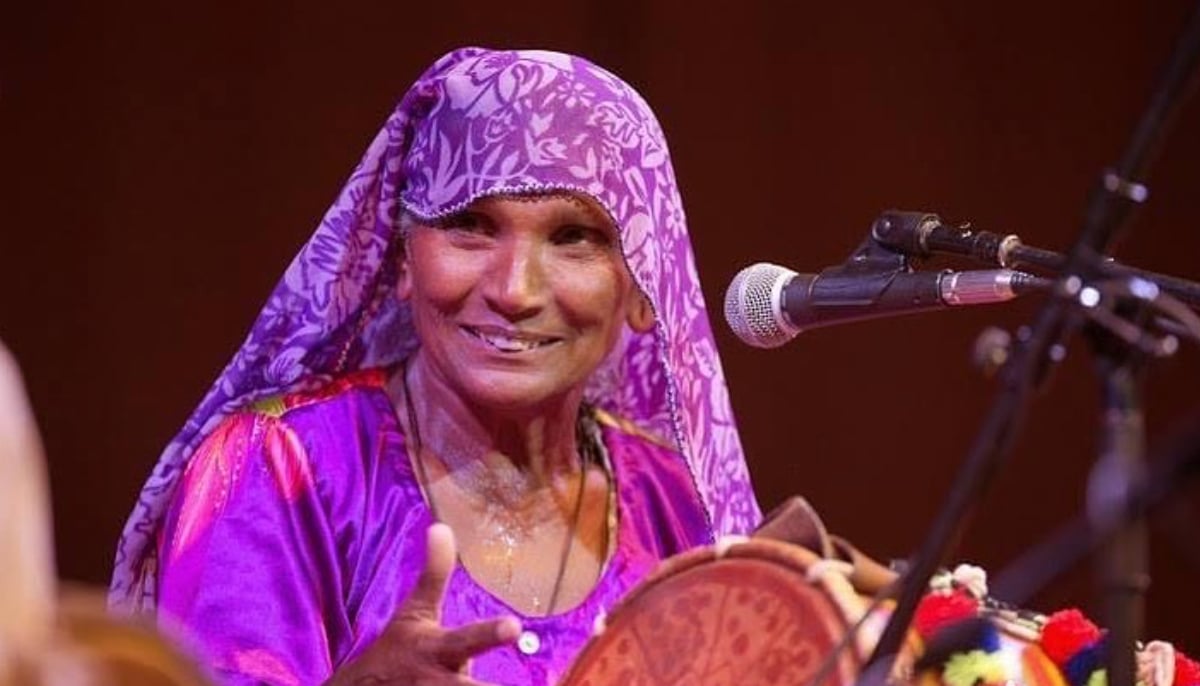
Mai Dhai, a prominent folk singer today, said Mai Bhagi was a mentor to many, including male singers — and to herself. She added that Mai Bhagi chose to perform on radio and TV at a time when girls in Tharparkar were even often discouraged from taking part in public life.
Reflecting on Mai Bhagi’s distinct singing style, Mai Dhai said she would often place a hand over her left ear before hitting high notes — a signature gesture admired by her fans and listeners.
In the mid-1980s, the Department of Sindhiology, in collaboration with Muhammad Qasim Makka and Kaloo Faqeer — "my father", noted Ustad Barkat Faqeer — set out to recreate Mai Bhagi’s classic songs in the voice of her daughter, Mai Soni. The recordings were preserved by the department as part of Sindh’s cultural memory.
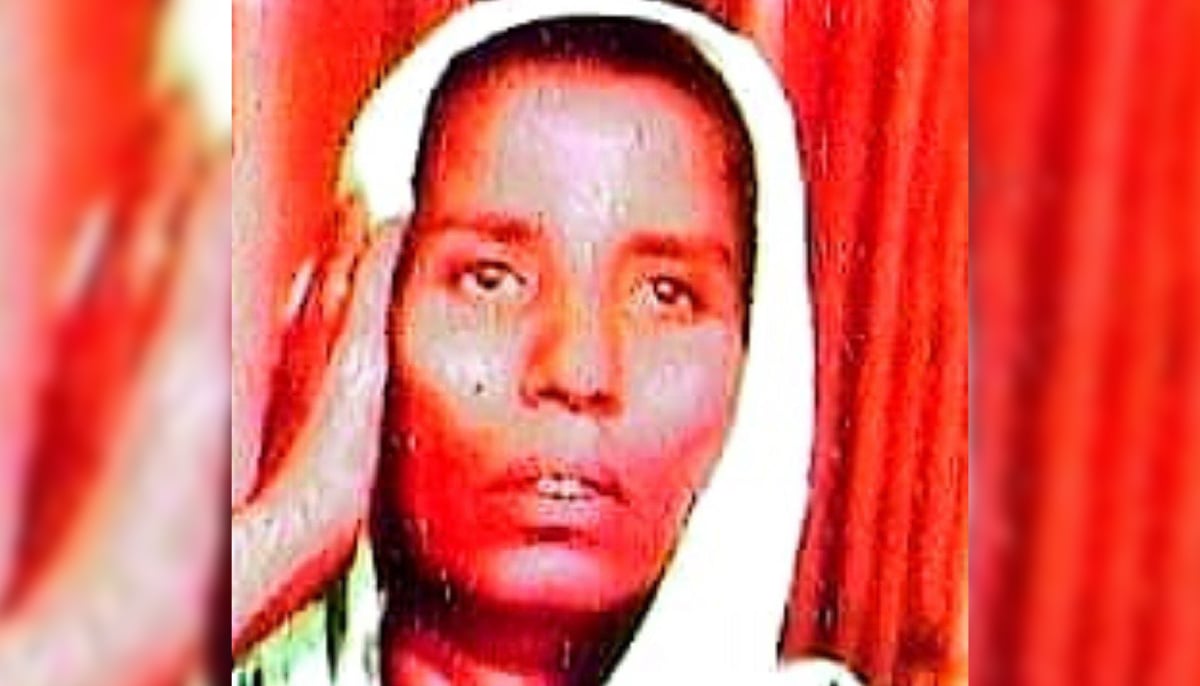
Barkat added that his grandmother drew inspiration from legendary singers like Ustad Muhammad Juman and Karim Faqeer and also sang memorable duets with Murad Faqeer.
Researcher and academic Dr Phulu Meghwar said that beyond Sindhi, Mai Bhagi was widely loved by Dhatki, Marwari, Saraiki, and other regional communities living in Sindh’s Tharparkar and Umerkot districts. Among the Dhatki community in particular, her songs hold deep cultural value.
He added that Mai Bhagi’s Hindi and Gujarati songs, aired on All India Radio, earned her recognition across the border as well.
The Government of Pakistan honoured her with the Presidential Pride of Performance award in 1981. She was also the recipient of the Shah Latif Bhittai Award, Sachal Sarmast Award, and Lal Shahbaz Award — all tributes to her lasting impact on Sindhi folk music.
Kaloo Faqeer, Mai Bhagi’s son, couldn’t recall memories of his mother due to old age.
Renowned singer Sanam Marvi, in her tribute, said Mai Bhagi had inspired legends like Jiji Zarina Baloch, Mai Noor Bano, and Rubina Qureshi to embrace folk singing. Marvi added that she too looked up to Mai Bhagi during the early days of her own career.
Emerging folk artist Shakeela Noon shared that many in the Hindu community of Tharparkar revere Mai Bhagi as a "deity of melody" — a reflection of the deep respect she commands to this day.
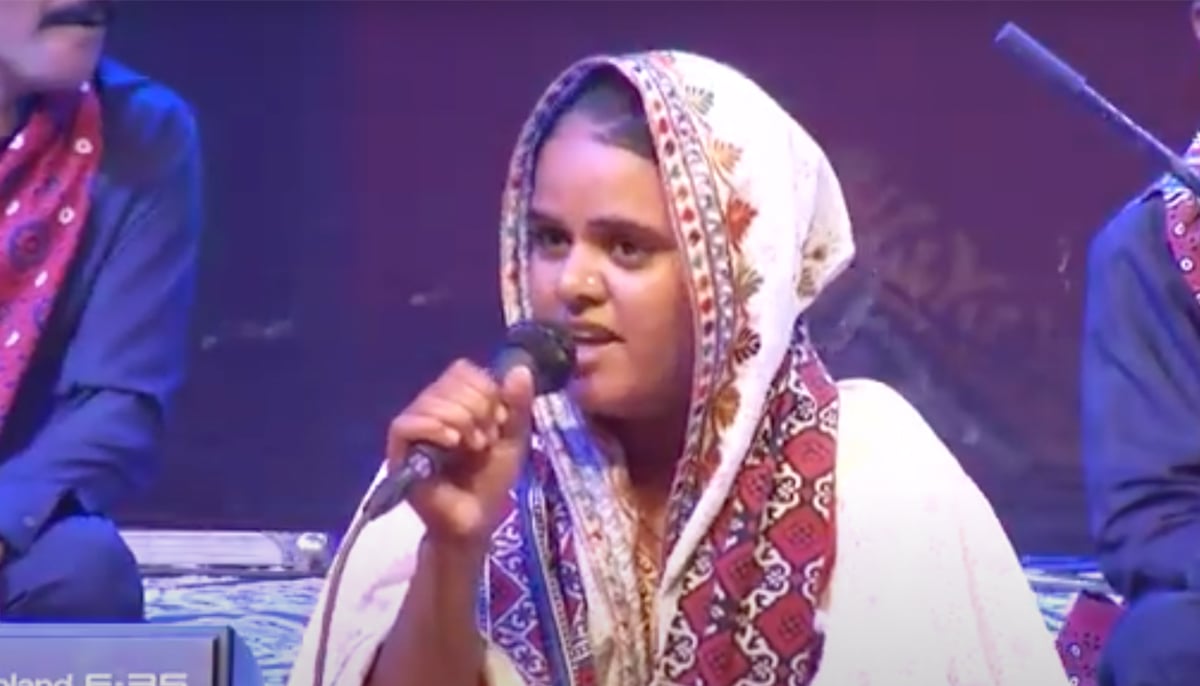
Mai Bhagi’s life and musical journey reportedly inspired renowned playwright Abdul Qadir Junejo to pen the TV serial Karvan, which aired on Pakistan Television in 1985. After devoting over four decades to folk music, she passed away on July 7, 1986. She was laid to rest near the mausoleum of Syed Massom Shah, a revered sufi saint, in the graveyard at Naukot city in Tharparkar district.
In recent years, singers like Shahenila Ali, Shehla Gul, Shazia Khushk, and Khushboo Laghari have reimagined Mai Bhagi’s iconic songs in remix versions for television, introducing her voice to newer generations.
Mai Bhagi’s legacy continues to echo through Sindh — and will keep inspiring folk singers for generations to come.
Kamran Khamiso Khowaja is a lawyer and journalist based in Sujawal. His areas of interest are cultural diversity and socio-political isuues. He posts on X @ZaibSha1
Header and thumbnail illustration by Geo.tv



